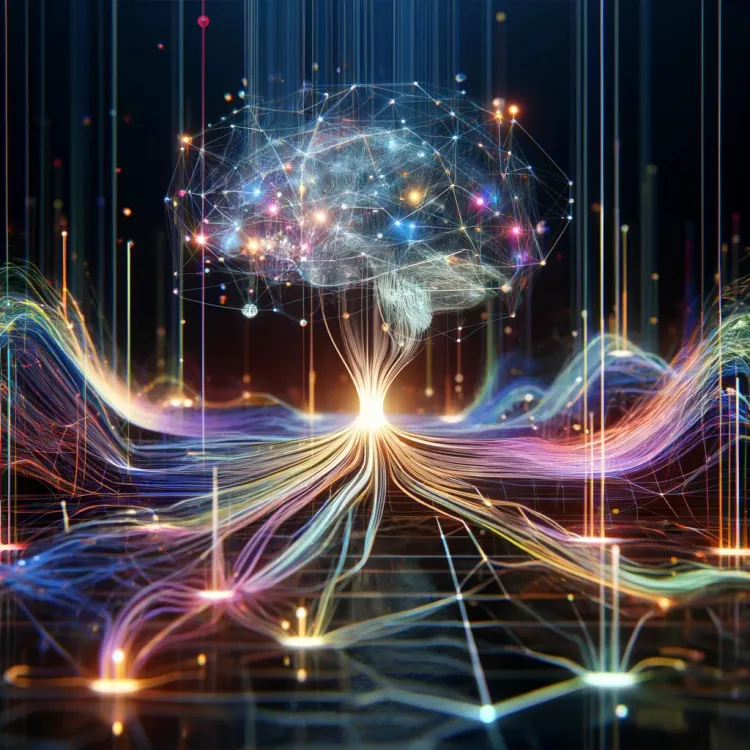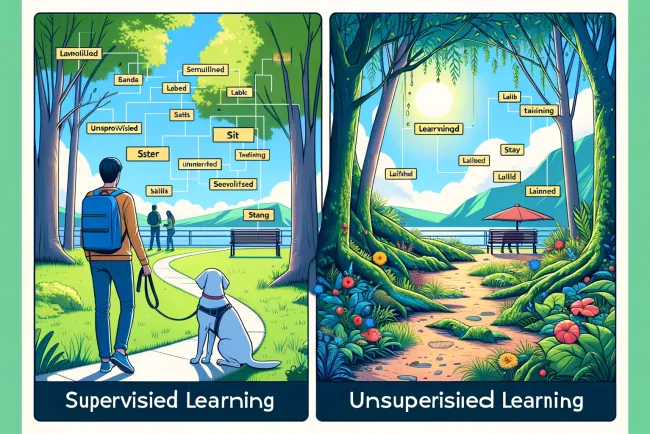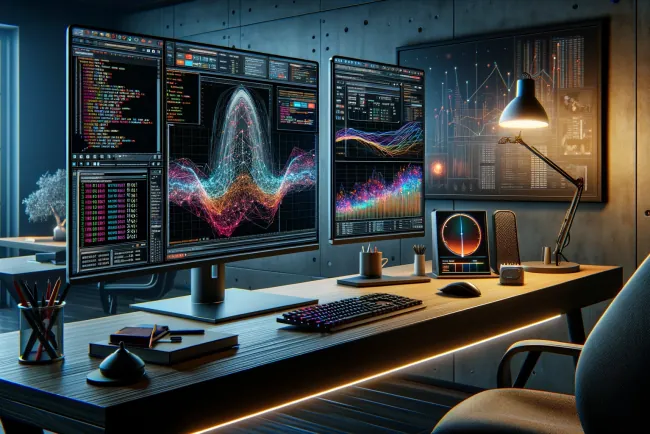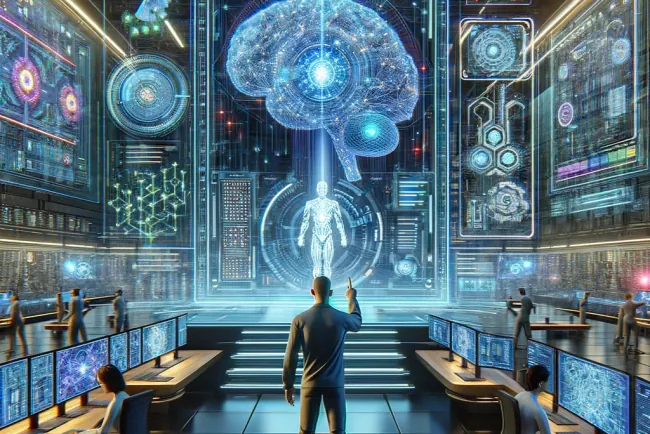Enhancing Image and Video Recognition with Deep Learning Technologies
Explore how deep learning revolutionizes image and video recognition, improving accuracy and efficiency across various industries.

Introduction
Deep learning, a subset of artificial intelligence (AI), has significantly transformed the field of image and video recognition. This technology enables machines to interpret and understand visual data with remarkable accuracy and efficiency. This article delves into the mechanisms through which deep learning models enhance these technologies and their broad implications across diverse sectors.
Understanding Deep Learning and Its Fundamentals
Deep learning involves artificial neural networks with numerous layers, each designed to process different aspects of the data, resulting in a comprehensive understanding. This section will explain the core concepts of deep learning, how it differs from traditional machine learning, and its unique advantages for processing complex visual information.
Evolution of Image Recognition Technology
From simple pattern recognition algorithms to sophisticated neural networks, image recognition technology has evolved dramatically. The introduction of Convolutional Neural Networks (CNNs) marked a significant breakthrough, providing the ability to process images in layers and recognize intricate patterns and objects.
Deep Learning Techniques in Image Recognition
This section will cover the specific deep learning architectures such as CNNs, Recurrent Neural Networks (RNNs), Autoencoders, and Generative Adversarial Networks (GANs) that have propelled the advancements in image recognition. Each technique's role and benefits will be discussed, illustrating their applications in real-world scenarios.
Enhancements in Video Recognition with Deep Learning
Analyzing videos involves understanding both spatial and temporal data. Techniques like 3D CNNs and transfer learning are crucial for enhancing video recognition capabilities. This part will explore how these technologies work together to improve the analysis and interpretation of video data.
Practical Applications of Improved Image and Video Recognition
The advancements in image and video recognition technologies have profound impacts on security, autonomous vehicles, healthcare, and entertainment. This section will provide examples of how deep learning has been instrumental in advancing these fields, highlighting specific use cases and benefits.
Challenges and Future Prospects
Despite the progress, deep learning in image and video recognition faces challenges such as data privacy, computational demands, and potential biases. Future trends and research directions will be discussed to give insights into how these hurdles might be overcome.
Conclusion
Deep learning has reshaped the landscape of image and video recognition, offering enhanced precision and automation. The article concludes with a summary of the key points discussed and a look forward to the future of AI technologies in this field.
FAQs
- What is the difference between deep learning and machine learning?
- How do deep learning models handle real-time video analysis?
- Can deep learning be used to improve facial recognition accuracy?
This structure ensures that the article is comprehensive, informative, and SEO-optimized, ready to engage and inform readers about the significant impact of deep learning on image and video recognition technologies.
What's Your Reaction?






















